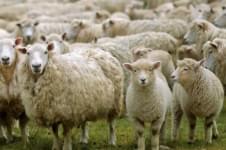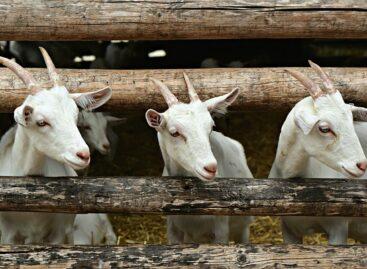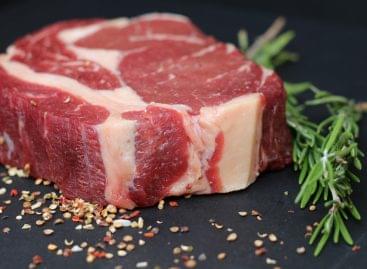Bravely to the lamb! – Why is it worth rediscovering Hungarian mutton?
It has been a staple in Hungarian cuisine for centuries, but today it is rarely eaten. Why has lamb been on the back burner, and why is it time to bring it back to the plate? – writes Agrárszektor.
 When it comes to putting together an Easter menu, ham, eggs and kalács most often come to mind – lamb rarely features on Hungarian tables. However, this was not always the case: centuries ago, sheep and lamb were an essential part of the Hungarian food culture. Today, however, we consume only 0.2 kilograms of it per capita per year.
When it comes to putting together an Easter menu, ham, eggs and kalács most often come to mind – lamb rarely features on Hungarian tables. However, this was not always the case: centuries ago, sheep and lamb were an essential part of the Hungarian food culture. Today, however, we consume only 0.2 kilograms of it per capita per year.
Is one bad experience enough?
One reason for the decline is to be found in negative experiences – explains Mátyás Holló, a sheep farmer from Uszód and president of the Hungarian Sheep and Goat Breeders’ Association. A poorly prepared, overly fatty mutton stew or a lamb ragout with a pungent smell often gives rise to lifelong resentment. Yet – as he says – it would be unfair to give up this type of meat because of a single unsuccessful dish.
A well-prepared mutton or lamb stew, a crispy roast leg or even a light, Mediterranean lamb ragout can become a real delicacy if prepared with the right recipe and attention. The characteristic taste of the meat gives it exactly what other meats lack: character, depth and an authentic rural atmosphere.
From pasture to plate – naturally
The quality of sheep meat is closely related to the way the animals are raised. Hungarian sheep are predominantly raised on natural pastures, free, in the fresh air – where there is no need for herbicides, yield enhancers or fungicides. As a result, the meat is not only tastier, but also healthier and fits better into a conscious, sustainable diet.
In terms of fat content and calories, lamb is one of the most balanced red meats, while also containing valuable proteins and minerals.
Related news
Peste des petits ruminants (PPR) has appeared in Hungary
🎧 Hallgasd a cikket: Lejátszás Szünet Folytatás Leállítás Nyelv: Auto…
Read more >The number of animals slaughtered at slaughterhouses decreased in the first three quarters
🎧 Hallgasd a cikket: Lejátszás Szünet Folytatás Leállítás Nyelv: Auto…
Read more >A campaign to promote sheep and lambmeat begins
🎧 Hallgasd a cikket: Lejátszás Szünet Folytatás Leállítás Nyelv: Auto…
Read more >Related news
Experience, timing, awareness: a new travel logic is emerging towards 2026
🎧 Hallgasd a cikket: Lejátszás Szünet Folytatás Leállítás Nyelv: Auto…
Read more >The Temu model is at a turning point: extra-cheap online imports may become more expensive from 2026
🎧 Hallgasd a cikket: Lejátszás Szünet Folytatás Leállítás Nyelv: Auto…
Read more >Even though the price of cocoa has halved, chocolate will not become cheaper
🎧 Hallgasd a cikket: Lejátszás Szünet Folytatás Leállítás Nyelv: Auto…
Read more >






